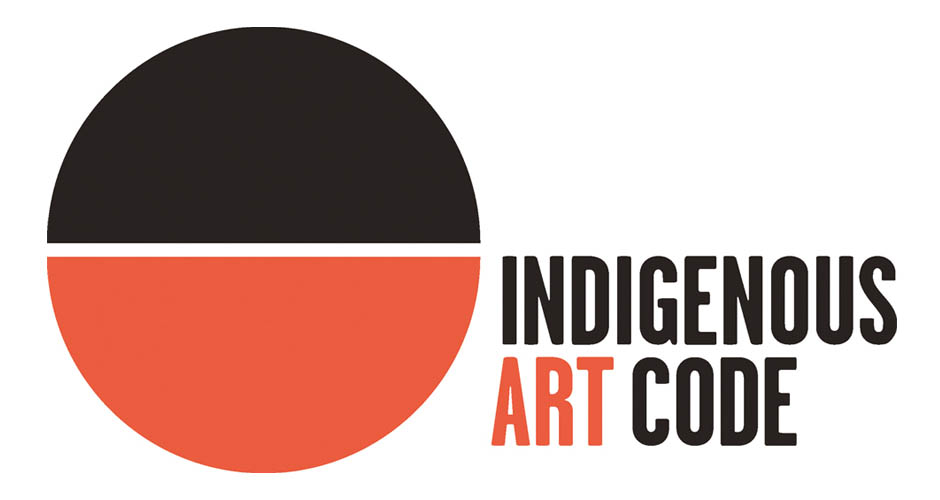Quick Facts
Australian Aboriginal people see their art purely as storytelling.
Aboriginal Art represents the ancient stories of Creation: The Dreaming or Jukurrpa.
Jukurrpa stories have long been kept private in secret rituals, rock and bark painting, carvings, sculpture, songs, dances and body painting.
These stories describe a belief system and way of life that define Aboriginal people: spirituality, morality, society and nature.
Contemporary Australian Aboriginal painting on canvas is a modern concept. In the 1970s the desert community of Papunya Tula started the contemporary Aboriginal art movement that spread to various regions throughout Australia.
Different styles emerged with the dot painting technique devised to conceal ceremonial secrets.
The highest price paid for a painting was around SEK15 million (A$2.4million) in 2007 for Clifford Possum Tjapaltjarri’s ‘Warlugulong’ (as shown here middle right).
Some artists achieve impressive prices but the large majority of artworks sell for between SEK3000 – 30000 (A$500 – 5000).
Aboriginal-owned cooperatives through community art centres provide the opportunity to preserve Aboriginal culture and maintain their society.
Painting creates income and allows their Jukurrpa stories to be passed down and restore the interest of the younger generation.
Marana Gallery works directly with community art centres and urban artists to ensure fair and ethical trade.
Marana Gallery is a member of Indigenous Art Code.
There’s more detail on Aboriginal history, culture, the artwork and Marana Gallery ethics in our FAQs.






